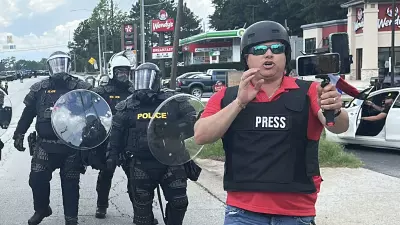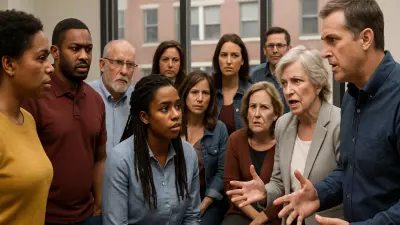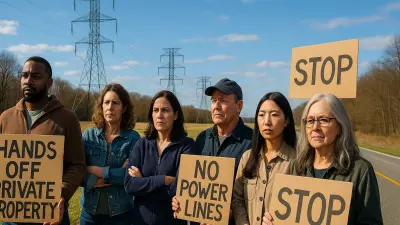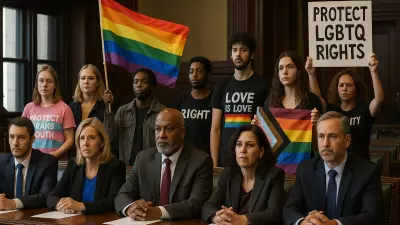The arts have taken a hard hit in the Trump era, but passionate supporters of creatives and their work are making up for the losses.

Arts funding in America has historically been precarious, with development teams hustling for grants and donations to support creatives and the organizations that feature their work.
Unlike other professions that provide more stability, artists often work one or two jobs to support their craft, apply for grants, or find creative ways to get their work into the world.
Funding for creatives has already been affected by Trump’s draconian budget cuts, including an up to 80% staff reduction at the National Endowment for the Humanities and reduced budgets for the National Humanities Alliance, which helps fund museums, universities, cultural organizations, and state councils such as the American Antiquarian Society and the College Art Association of America.
The Institute of Museum and Library Services in Washington, D.C., abruptly halted its services when DOGE placed the staff on 90-day paid administrative leave.
Yes, it’s great that they are at least getting paid, but what happens at the end of those 90 days?
Fortunately, some foundations and organizations offer emergency relief to many impacted non-profits – especially those led by or assisting women, communities of color, LGBTQ, and immigrant groups. Though these sources do not primarily focus on art, they support crucial areas.
Some of these include:
- For Freedoms Fund: supporting immigrants and their allies who organize, mobilize, and mount every possible form of defense to keep immigrant communities safe.
- Third Wave Fund’s Mobilize Power Fund: a rapid response fund that resources gender justice organizations to adapt or pivot their work when met with unanticipated, time-sensitive opportunities or threats to their movement-building work and organizing conditions.
- Emergent Fund: a rolling, trust-based, no-strings-attached, monthly rapid response and emergent organizing grant for movement and frontline communities responding to urgent and specific unanticipated crises or opportunities to build power.
- Pride Foundation – Fortitude Fund: Flexible grants from $10,000–$50,000 for LGBTQ+ organizations affected by anti-LGBTQ legislation and Trump-era policies.
Even smaller organizations like mine are helping compensate for the cuts to arts funding.
This year’s Bader + Simon grant winners are Kalada Hallida, a photographer from New York, and Monica Rodriguez, an artist based in Chicago.
Halliday will document South Bronx high school seniors in their final year, capturing everything from milestones to everyday moments. Rodriguez creates powerful work that uses manipulated Barbies to reflect beauty standards, trauma, and healing.
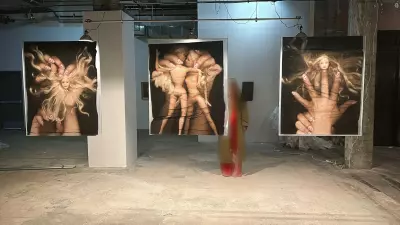
New work by Chicago artist Monica Rodriguez
Both are using their art to highlight issues of race, trauma, and societal standards imposed on young adults.
While these are but a few of many available grants, it’s reassuring that some people take note of the existing needs collectively. Here are small steps that individuals can take to help:
- Donate to local arts organizations. Even a small monthly donation can make a difference.
- Purchase artwork directly from artists— through their websites, studio visits, or local art fairs.
- Show up. Being present at gallery openings, performances, or lectures—especially those by emerging or underrepresented artists—builds community and provides moral support – be sure to promote the artists on social media when you do
- Vote and volunteer. Contact local, state, and federal representatives to advocate for increased arts funding.
It will likely be rough for the arts in the near future, but we will overcome this with humanity and care.


